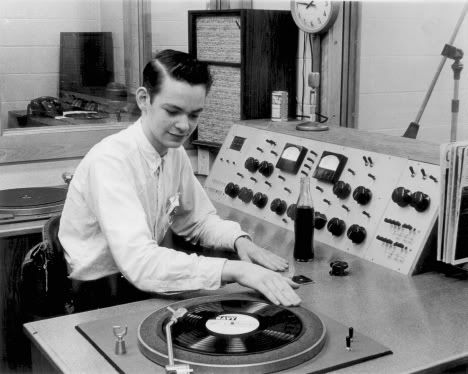1. If you are right handed, you will tend to chew your food on your right side. If you are left handed, you will tend to chew your food on your left side.
2. If you stop getting thirsty, you need to drink more water. For when a human body is dehydrated, its thirst mechanism shuts off.
3. Chewing gum while peeling onions will keep you from crying.
4. Your tongue is germ free only if it is pink. If it is white there is a thin film of bacteria on it.
5. The Mercedes-Benz motto is “Das Beste oder Nichts” meaning “the best or nothing”.
6. The Titanic was the first ship to use the SOS signal.
7. The pupil of the eye expands as much as 45 percent when a person looks at something pleasing.
8. The average person who stops smoking requires one hour less sleep a night.
9. Laughing lowers levels of stress hormones and strengthens the immune system. Six-year-olds laugh an average of 300 times a day. Adults only laugh 15 to 100 times a day.
10. The roar that we hear when we place a seashell next to our ear is not the ocean, but rather the sound of blood surging through the veins in the ear.
11. Dalmatians are born without spots.
12. Bats always turn left when exiting a cave.
13. The ‘v’ in the name of a court case does not stand for ‘versus’, but for ‘and’ (in civil proceedings) or ‘against’ (in criminal proceedings).
14. Men’s shirts have the buttons on the right, but women’s shirts have the buttons on the left.
15. The owl is the only bird to drop its upper eyelid to wink. All other birds raise their lower eyelids.
16. The reason honey is so easy to digest is that it’s already been digested by a bee.
17. Roosters cannot crow if they cannot extend their necks.
18. The color blue has a calming effect. It causes the brain to release calming hormones.
19. Every time you sneeze some of your brain cells die.
20. Your left lung is smaller than your right lung to make room for your heart.
2. If you stop getting thirsty, you need to drink more water. For when a human body is dehydrated, its thirst mechanism shuts off.
3. Chewing gum while peeling onions will keep you from crying.
4. Your tongue is germ free only if it is pink. If it is white there is a thin film of bacteria on it.
5. The Mercedes-Benz motto is “Das Beste oder Nichts” meaning “the best or nothing”.
6. The Titanic was the first ship to use the SOS signal.
7. The pupil of the eye expands as much as 45 percent when a person looks at something pleasing.
8. The average person who stops smoking requires one hour less sleep a night.
9. Laughing lowers levels of stress hormones and strengthens the immune system. Six-year-olds laugh an average of 300 times a day. Adults only laugh 15 to 100 times a day.
10. The roar that we hear when we place a seashell next to our ear is not the ocean, but rather the sound of blood surging through the veins in the ear.
11. Dalmatians are born without spots.
12. Bats always turn left when exiting a cave.
13. The ‘v’ in the name of a court case does not stand for ‘versus’, but for ‘and’ (in civil proceedings) or ‘against’ (in criminal proceedings).
14. Men’s shirts have the buttons on the right, but women’s shirts have the buttons on the left.
15. The owl is the only bird to drop its upper eyelid to wink. All other birds raise their lower eyelids.
16. The reason honey is so easy to digest is that it’s already been digested by a bee.
17. Roosters cannot crow if they cannot extend their necks.
18. The color blue has a calming effect. It causes the brain to release calming hormones.
19. Every time you sneeze some of your brain cells die.
20. Your left lung is smaller than your right lung to make room for your heart.




































